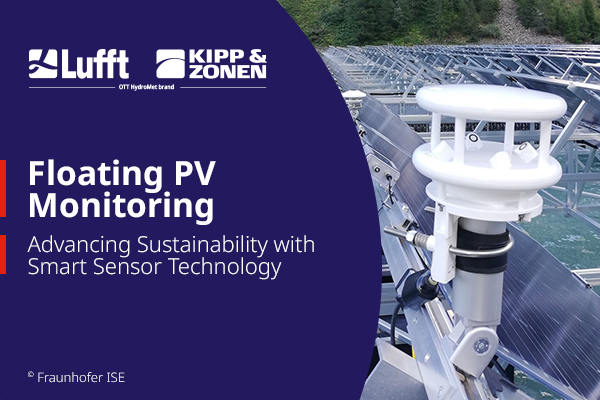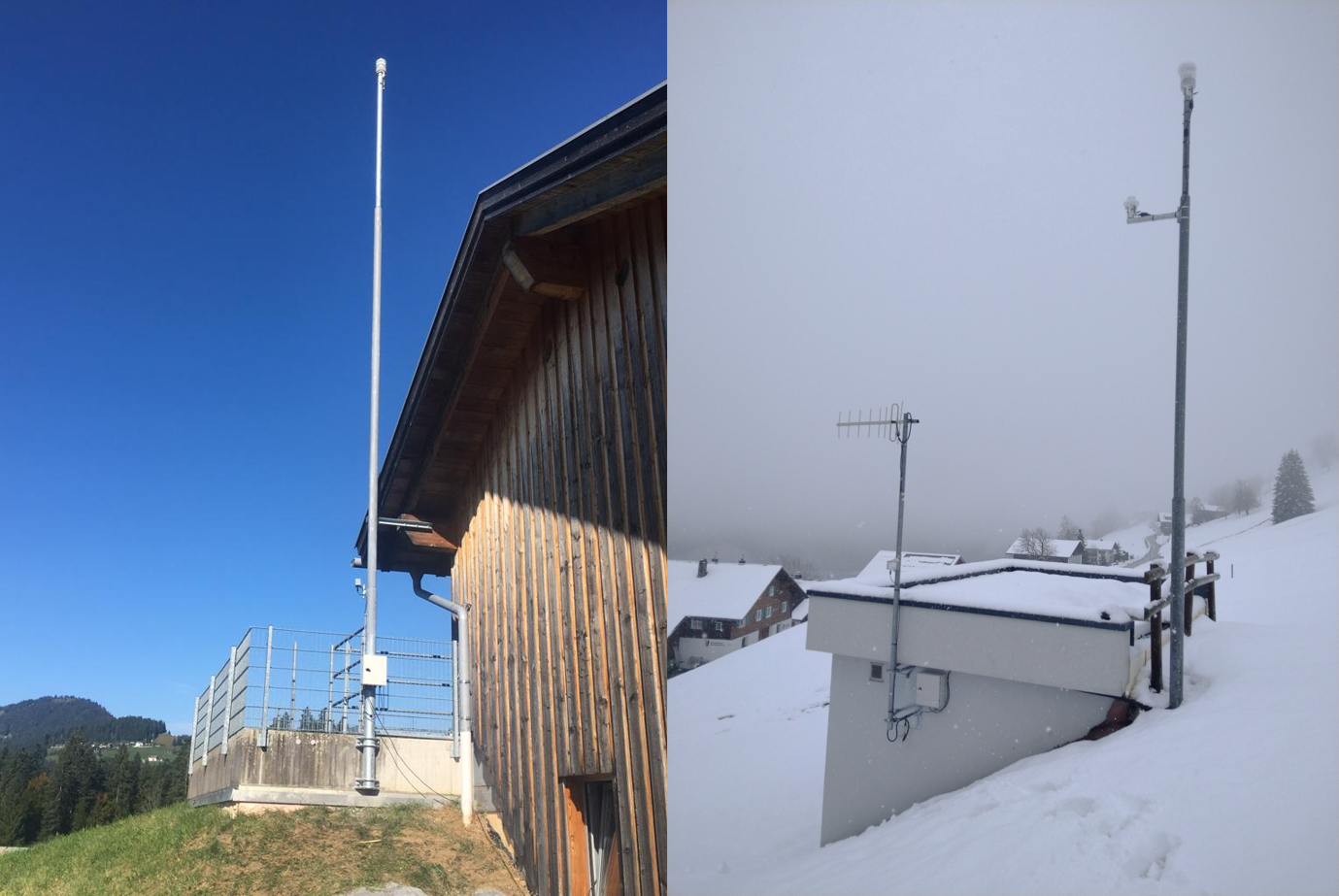A new road clearing vehicle in Norway shall be able to reduce salt consumption by up to 30%. This must now be tested extensively. The real time monitoring is performed by the mobile road weather sensor MARWIS, because it sees quickly how much of the road surface has changed by using the new scraper. Read more in the following blog post…

Photo Credit: mariakraynova – Fotolia.com
In order to reduce salt consumption, Norway’s road authorities set new standards for the road clearance two years ago. This meant that now there are five instead of three road classifications. In addition in some situations in which previously salt scattering was recommended, now there’s no scattering required any longer. Furthermore it is useful to develop technical innovations, which may decrease the road salt consumption further. With a new, more efficient snow plough the potential savings could grow tremendously!
Therefore, we invented an innovative snow plow which is equipped with an additional blade. It is attached along with two other in front of the vehicle. The flexible blades can remove a lot more snow and slush from the road than other ploughs. And the less snow and water are on the road surface, the less road salt is needed.
With the intention to test the consumption of road salt this is currently tested in the field by us, the Norwegian Public Roads Administration (NPRA) by using the snow plow on the streets of Tønsberg. We believe that the method will reduce the salt consumption by 20 to 30 percent.
In addition to the new scraper, we implemented the innovative mobile road sensor MARWIS from Lufft to show us the road conditions before and after use of the plough on the one hand and to have a help for the determination of the exact needs salt amount requirement. The sensor recognizes ice layers, the water film height, dew points, road temperatures and more by using several built-in LED-based transmitters and receivers. From this base, the smart sensor calculates the prevailing friction.
To monitor the new snowplow’s efficiency, two MARWIS sensors are mounted on the vehicle by using a bracket. One is installed in front of the scraper and one behind, which makes the comparison of the mechanical removal of road surfaces particularly accurate and easy.

Key professionals in the development of the new equipment: (From left) Kjetil Nergaard (constructeur section),
Rune Dalen (supplier Tellefsdal) & Odd Willy Mathisen (construction manager, Vestfold) – copyright: Knut Vedeld Hovde
Previous tests with the new plough brought positive results so far. It remains exciting to see how the overall results will look like and we hope that they will meet our expectations.
Related Links:
 |
About the author: My name is Kjetil Nergaard from the builder section and I’m the project leader of the explained field test with the innovative snow plough. |


